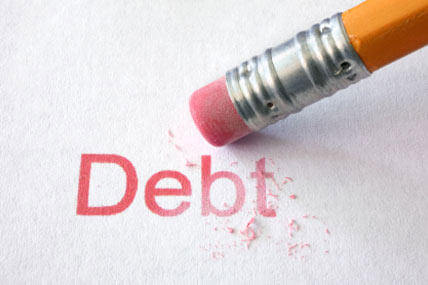Either through bad circumstances or bad management, an elephant-sized pile of consumer debt now sits on your chest.
It's heavy, it's stressful and you can't imagine how you're ever going to get out from under it. Then it hits you -- a way out! All you need is a consolidation loan or maybe a balance transfer, and everything will be fine.
Sorry, but think again. Or better yet, think about these two points first:
- Fix the cause. Life is full of cause-and-effect relationships. And when you're trying to fix a problem, you're more likely to find success if you focus on the cause. With debt, this means asking, "How did I get in debt?" Was it bad luck (be honest)? Or was it the result of bad decisions?
Whatever the cause, unless you address the cause of your indebtedness and take action to stop it from happening again, it's often just a matter of time before you find yourself in an even worse situation. At a minimum, this means establishing (or re-establishing) a budget, diligently following it and limiting or cutting off your use of consumer debt.
- Stash some cash. Limiting or cutting off your use of consumer debt may sound simple, but it can be more difficult than it seems. To increase your odds of success, you'll need money in the bank you can use when something unexpected happens -- because trust me, it will happen. As part of your budget focus, be sure to carve off a portion to create an emergency fund. Eventually, you'll want 3-6 months' worth of committed expenses set aside. But $1,000 is often a good place to start when you're struggling with debt. Just be sure to replenish your fund if you're forced to use some of it.
Combining these two steps with a debt consolidation plan can drastically increase your odds of getting that elephant off your chest. Skip them, though, and it's usually only a matter of time before the big beast sits back down.




